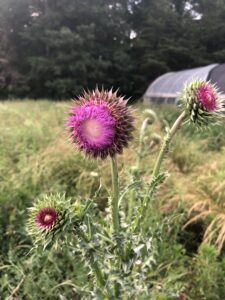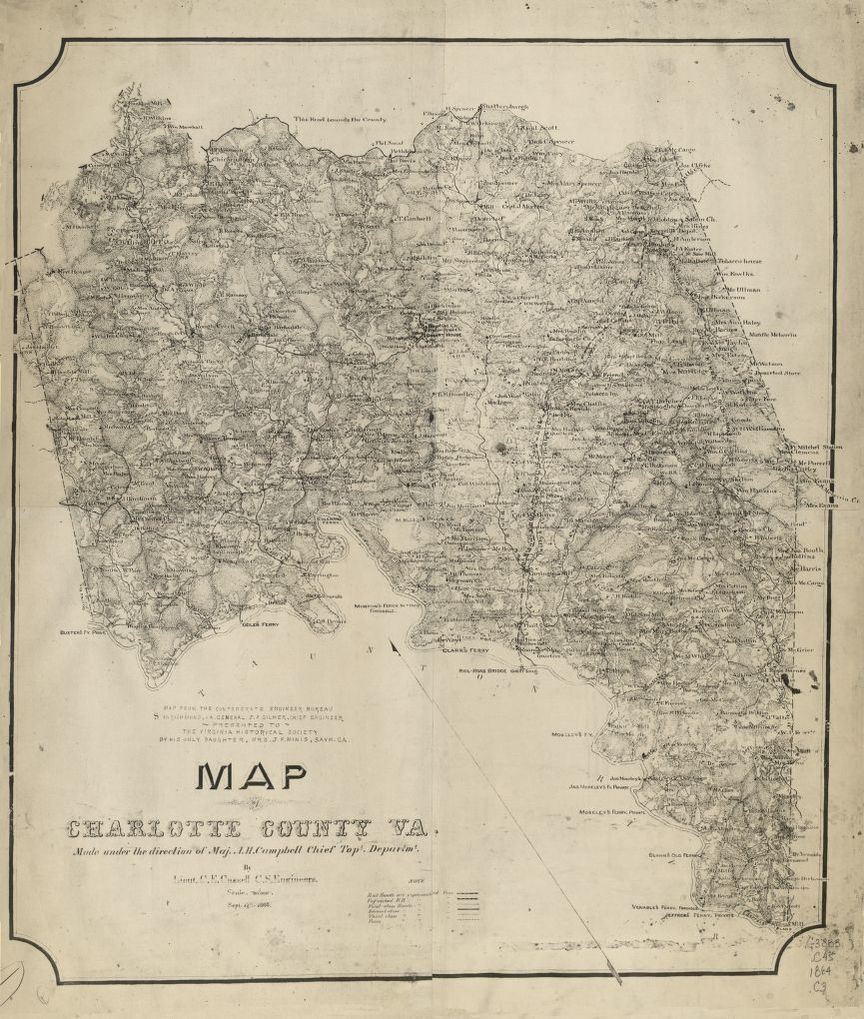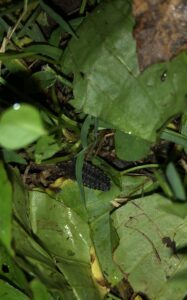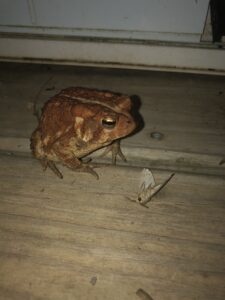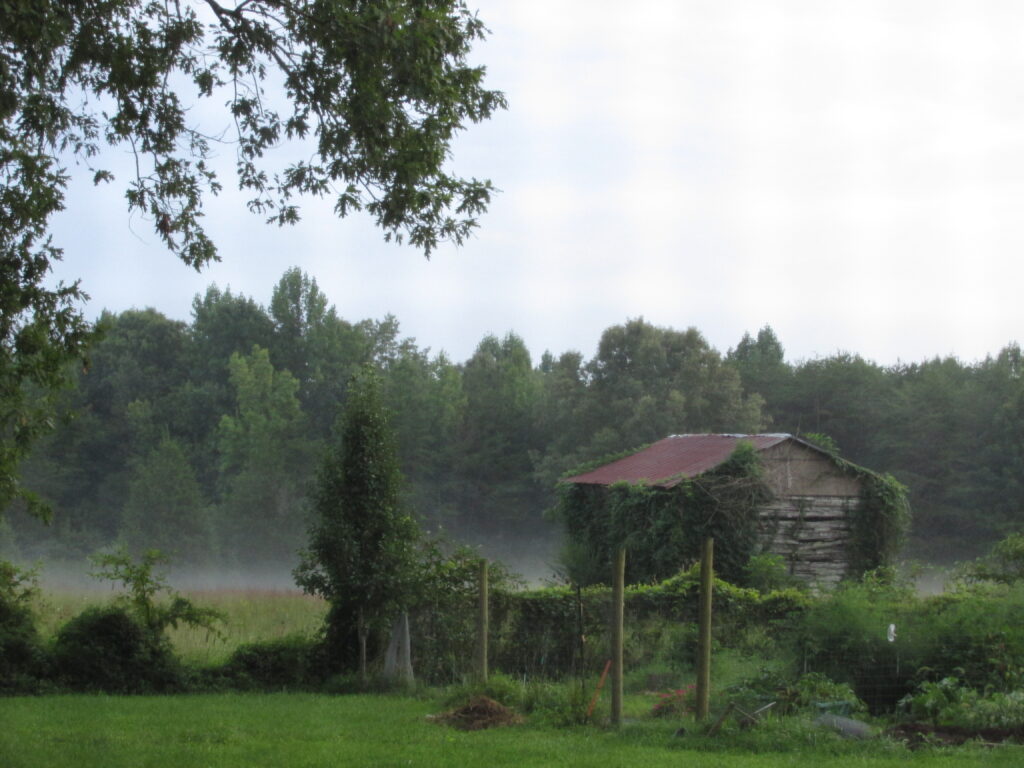4/5/21
Every day during the summer a beautiful juvenile Northern Harrier glides over the fields searching for prey. He circles each field carefully, calling out with his shrill cry, waiting for a response nearby. He looks like he doesn’t have a neck, with a round face a lot like an owl, yet with red feathers and sleek body it is clear he is not an owl. I would wait for the opportunity to hear that call, a special sound no one paid attention to. Like an albatross skimming the surface of the ocean, the Harrier would graze over the fronds of the Johnson Grass looking for the rodents that called our pastures home.

Every spring for years our dog Juni, a deerhound with a free spirit that we couldn’t contain, would uncover a nest of baby rabbits, eastern cottontails all marked with a tiny white teardrop on their forehead. She would kill all but one, ripping off their heads as if they were dolls, leaving me scrambling to try to keep the last one alive. I carefully picked her up, so young that her eyes had yet to open, cradling her in my hand, careful not to hold her incorrectly knowing how fragile their spines are. I would nestle her into a small Tupperware lined with an old t-shirt, kept close to the woodstove. I had learned by then to keep rodent antibiotics, puppy formula and several syringes at hand for situations like this even though the rabbits never lasted the night. I thought it was my job to try to save them since my dog had murdered their family, but that was just nature. I was used to digging graves for rabbits, baby or adult, groundhogs and birds, they would die in my arms and I would send them off with a tiny bouquet of my favorite wildflower, whatever was growing at the time. It was always sad witnessing the death of an innocent being from something man made. Some days I would wake up to find a shining emerald hummingbird lying on the ground, dead from hitting a window ear;y that morning, frozen as if still in motion, an oily imprint left on the grass. It seemed cruel. Or the songbird that drowned in a bucket of car oil my dad left out one day, its life taken by an accident, by something I or my family had done. It looked like mud but so oily that the bird was mummified in a slime that would never come off. I had never seen anything like it. It was a lack of respect as the oil would never allow it to decompose properly and It would never return to the earth as intended. Those accidental deaths felt the worst.
What would remind me of life however were the bats that would emerge at dusk during the summer to eat the mosquitoes and moths that plagued the farm. Their liveliness and swiftness screamed life as they did circles in the dark blue sky, looking like shadows from where I stood on the ground. I never saw them on the ground as that was not their home.

